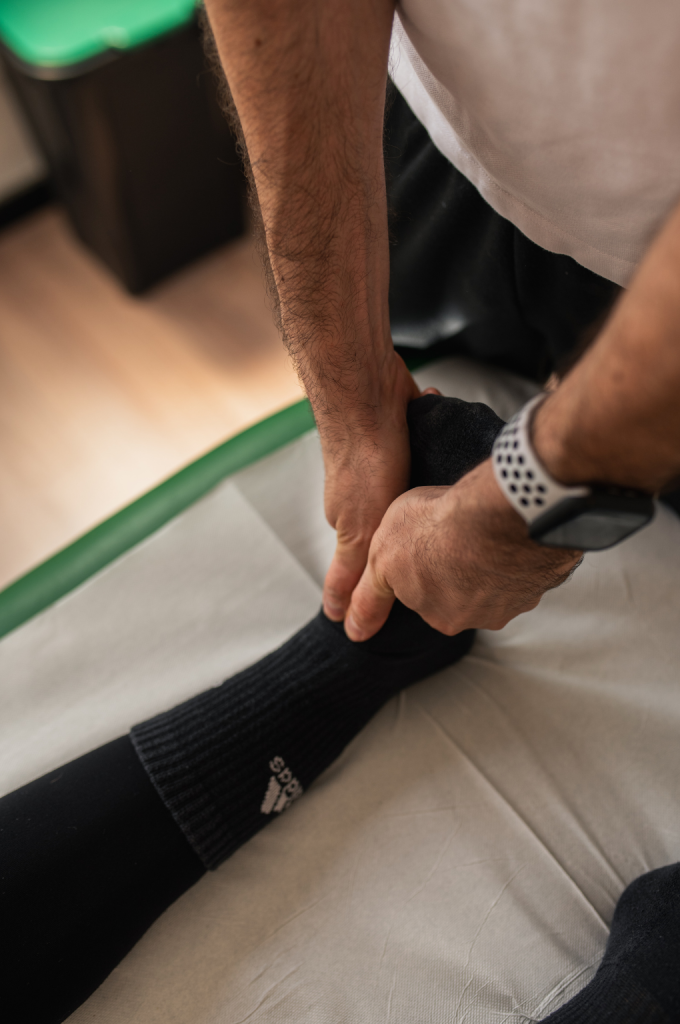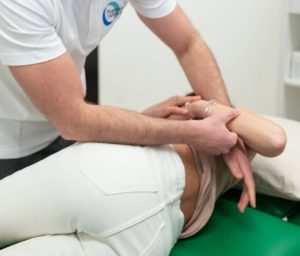When the lymphatic system doesn’t work properly
There are several conditions that can impair this essential drainage system:- Cardiovascular, liver, and kidney diseases;
- Diabetes;
- Lymph node disorders;
- Surgical procedures with or without lymph node removal;
- Trauma, bruising, or inflammation;
- Prolonged immobilization or jobs that require long periods of standing;
- Radiotherapy;
- Obesity;
- Premenstrual phase or pregnancy.

Therapeutic approach
Manual lymphatic drainage is considered the first-line therapy for this condition. It involves specific, repetitive movements performed with very gentle pressure and a slow, steady rhythm. Treatment usually starts at the lymph nodes in the neck and abdomen, then progresses to the affected area—working first on the proximal regions before moving distally.
The most well-known and widely used technique is the Vodder method, named after the Danish physiotherapist who pioneered the study of the lymphatic system and developed manual treatment for lymphedema.
Beyond reducing swelling, manual lymphatic drainage also promotes healing of ulcers and skin lesions, supports the immune system, and has a stimulating and regenerative effect on the tissues.
To enhance the effectiveness of manual lymphatic drainage, additional techniques may be used, including elastic compression bandaging, lymph taping, targeted exercises for the affected area, breathing exercises, and nutritional support for fluid retention.
The combination of compression therapy and physical exercise is essential in treating any type of edema, as their joint action promotes the reabsorption and upward movement of excess fluids.
Lymph taping is an excellent complement to lymphatic massage. By creating a gentle “vacuum effect,” it increases the space under the skin, helping to draw interstitial fluid away from congested areas.
Finally, slow and effective diaphragmatic breathing improves fluid circulation and aids in the elimination of toxins stored in the tissues.


